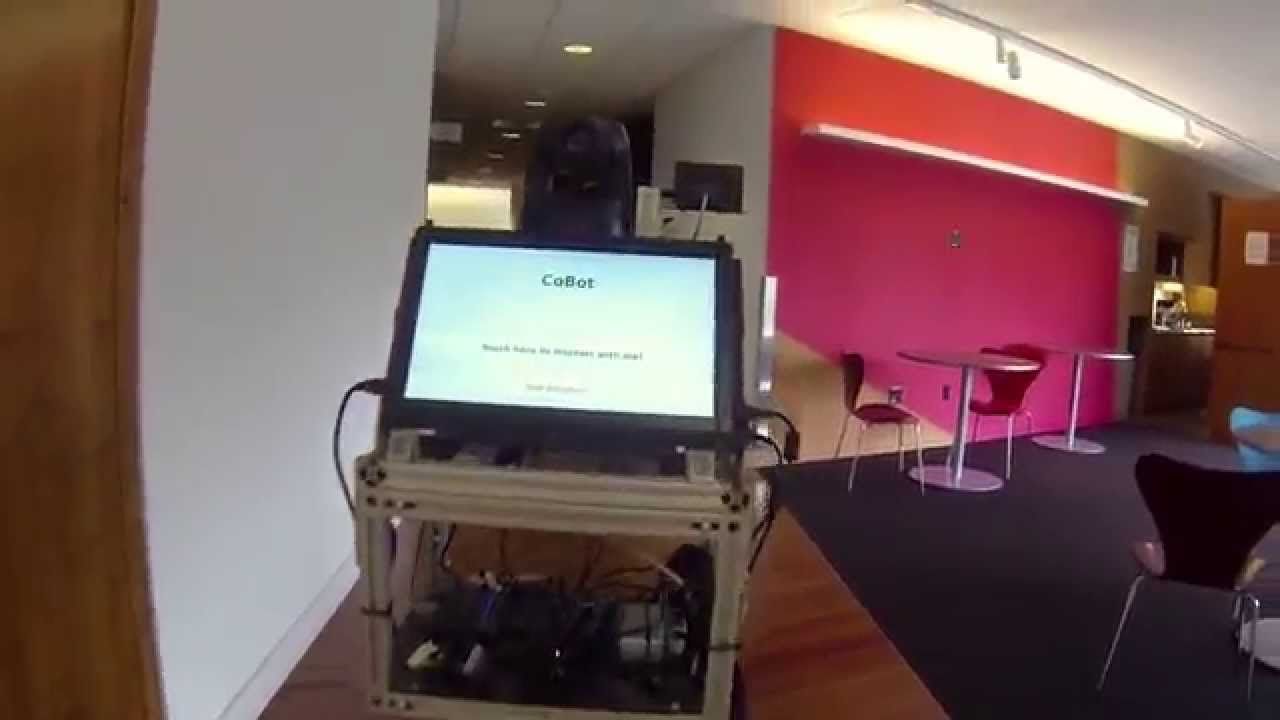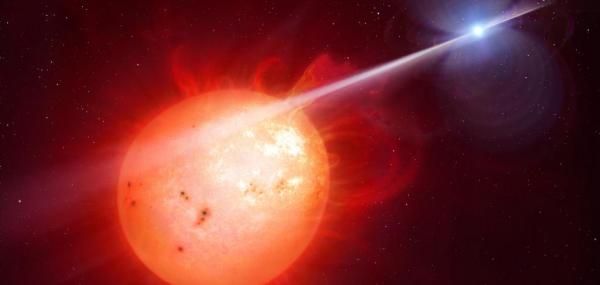Feb 8, 2017
Measuring Time Without a Clock
Posted by Karen Hurst in categories: particle physics, quantum physics
When light shines on certain materials, it causes them to emit electrons. This is called “photoemission” and it was discovered by Albert Einstein in 1905, winning him the Nobel Prize. But only in the last few years, with advancements in laser technology, have scientists been able to approach the incredibly short timescales of photoemission. Researchers at EPFL have now determined a delay of one billionth of one billionth of a second in photoemission by measuring the spin of photoemitted electrons without the need of ultrashort laser pulses. The discovery is published in Physical Review Letters.
Photoemission
Photoemission has proven to be an important phenomenon, forming a platform for cutting-edge spectroscopy techniques that allow scientists to study the properties of electrons in a solid. One such property is spin, an intrinsic quantum property of particles that makes them look like as if they were rotating around their axis. The degree to which this axis is aligned towards a particular direction is referred to as spin polarization, which is what gives some materials, like iron, magnetic properties.


















